METSEPM5570
power meter PowerLogic PM5570, 2 ethernet, up to 63th Harmonic, 1,1MB 2DI/2AI/2DO 52 alarms
- Stock status:
- Call for availability
- Manufacturer:
- Schneider
- Product code:
- METSEPM5570
Main documents
Related products
| Range | PowerLogic |
|---|---|
| Product name | PowerLogic PM5000 |
| Device short name | PM5570 |
| product or component type | Power meter |
| Power quality analysis | Up to the 63rd harmonic |
|---|---|
| Metering type | Measured neutral current Calculated ground current |
| Device application | Gateway WAGES metering Power monitoring Multi-tariff |
| Type of measurement | Current Voltage Frequency Power factor Energy Active and reactive power |
| supply voltage | 100…300 V DC 90…528 V AC 45…65 Hz |
| Network frequency | 60 Hz 50 Hz |
| [In] rated current | 1 A 5 A |
| type of network | 3P + N 3P 1P + N |
| Maximum power consumption in VA | 16 VA at 480 V |
| Ride-through time | 35 ms 120 V AC typical 129 ms 230 V AC typical 50 ms 125 V DC typical |
| Display type | Monochrome graphic LCD |
| display resolution | 128 x 128 pixels |
| Sampling rate | 128 samples/cycle |
| Measurement current | 50…10000 mA |
| Analogue input type | Voltage (impedance 5 MOhm) Current (impedance <= 0.3 mOhm) |
| Measurement voltage | 20…400 V AC 45…65 Hz between phase and neutral 20…828 V AC 45…65 Hz between phases |
| Frequency measurement range | 45…65 Hz |
| Number of inputs | 2 digital 2 analog |
| Measurement accuracy | Apparent power +/- 0.5 % Frequency +/- 0.05 % Active energy +/- 0.2 % Reactive energy +/- 1 % Active power +/- 0.2 % Voltage +/- 0.1 % Power factor +/- 0.005 Current +/- 0.15 % Reactive power +/- 1 % |
| Accuracy class | Class 0.2S active energy conforming to IEC 62053-22 |
| Number of outputs | 2 digital |
| Information displayed | Tariff (8) |
| Communication port protocol | Modbus RTU and ASCII at 9.6, 19.2 and 38.4 kbauds even/odd or none – 2 wires, insulation 2500 V JBUS Modbus TCP/IP at 10/100 Mbit/s, insulation 2500 V Ethernet Modbus TCP/IP daisy chain BACnet IP DNP3 over ethernet |
| Communication port support | RS485 ETHERNET |
| Communication gateway | Ethernet/serial |
| Data recording | Event logs Maintenance logs Min/max of instantaneous values Data logs Alarm logs Time stamping |
| Memory capacity | 1.1 MB |
| Web services | Alarm notification by e-mail Web server Diagnostic via predefined web pages Real time viewing of data |
| Ethernet service | SNTP client SNMP-Traps |
| Connections – terminals | Voltage circuit: screw terminal block4 Control circuit: screw terminal block2 Current transformer: screw terminal block6 RS485 link: screw terminal block4 Digital input: screw terminal block8 Digital output: screw terminal block4 Ethernet network: RJ45 connector2 |
| mounting mode | Flush-mounted |
| Mounting support | Framework |
| Standards | EN 50470-3 IEC 61557-12:2015 IEC 62053-22:2020 IEC 62053-24 IEC 60529 EN 50470-1 UL 61010-1 IEC 62053-23:2020 IEC 62052-11:2020 IEC 62052-31:2015 |
| Product certifications | CE conforming to IEC 61010-1 CULus conforming to UL 61010-1 |
| Width | 96 mm |
| Depth | 72 mm |
| Height | 96 mm |
| net weight | 450 g |
| Electromagnetic compatibility | Limits for harmonic current emissions class A conforming to IEC 61000-3-2 Conducted RF disturbances level 3 conforming to IEC 61000-4-6 Magnetic field at power frequency level 4 conforming to IEC 61000-4-8 Conducted and radiated emissions class B conforming to EN 55022 Limitation of voltage changes, voltage fluctuations and flicker in low-voltage conforming to IEC 61000-3-3 Electrostatic discharge – test level: 8 kV level 4 conforming to IEC 61000-4-2 Radiated radio-frequency electromagnetic field immunity test conforming to IEC 61000-4-3 Electrical fast transient/burst immunity test level 4 conforming to IEC 61000-4-4 Surge immunity test level 4 conforming to IEC 61000-4-5 Voltage dips and interruptions immunity test conforming to IEC 61000-4-11 |
|---|---|
| IP degree of protection | IP54 display: conforming to IEC 60529 IP30 rear: conforming to IEC 60529 |
| Relative humidity | 5…95 % at 50 °C non-condensing |
| Pollution degree | 2 |
| Ambient air temperature for operation | -25…70 °C |
| ambient air temperature for storage | -40…85 °C |
| Operating altitude | <= 3000 m |
| Unit Type of Package 1 | PCE |
|---|---|
| Number of Units in Package 1 | 1 |
| Package 1 Height | 12.0 cm |
| Package 1 Width | 12.5 cm |
| Package 1 Length | 12.5 cm |
| Package 1 Weight | 649.0 g |
| Unit Type of Package 2 | S03 |
| Number of Units in Package 2 | 12 |
| Package 2 Height | 30 cm |
| Package 2 Width | 30 cm |
| Package 2 Length | 40 cm |
| Package 2 Weight | 8.199 kg |
| Unit Type of Package 3 | P06 |
| Number of Units in Package 3 | 96 |
| Package 3 Height | 75 cm |
| Package 3 Width | 80 cm |
| Package 3 Length | 60 cm |
| Package 3 Weight | 73.592 kg |
Product Description
METSEPM5570
The Schneider Electric PowerLogic PM5570 (product code METSEPM5570) is an advanced, flush-mount energy meter designed for precise energy monitoring and management. This meter combines extensive measurement capabilities, robust communication options, and high accuracy, making it ideal for various industrial and commercial applications.

Key Features
Mounting:
Flush-mount
Display:
96mm x 96mm backlit LCD
Dimensions:
Width 96mm (3.78 inches), Depth 77mm (3.03 inches), Height 96mm (3.78 inches)
Weight:
450 grams (15.9 ounces)
Class 0.2S Accuracy:
Conforms to IEC 62053-22 standard
Sampling Rate:
128 samples per cycle
Harmonic Measurement:
Up to the 63rd harmonic for comprehensive power quality analysis
Memory:
1.1 MB for storing data
Configurable Parameters:
Can log up to 14 parameters with customizable intervals and durations
Neutral Current Monitoring:
Direct measurement for enhanced accuracy
Frequency:
Operates in 50Hz or 60Hz networks
Supply Voltage Range:
100 to 480 VAC and 125 to 250 VDC
Line Rated Current:
Supports both 1A and 5A inputs
Configuration:
Compatible with Single Phase, Three Phase, and Three Phase with Neutral configurations- Between Phases: 20 to 690 VAC at 45 to 65 Hz
Between Phase and Neutral:
20 to 400 VAC at 45 to 65 Hz
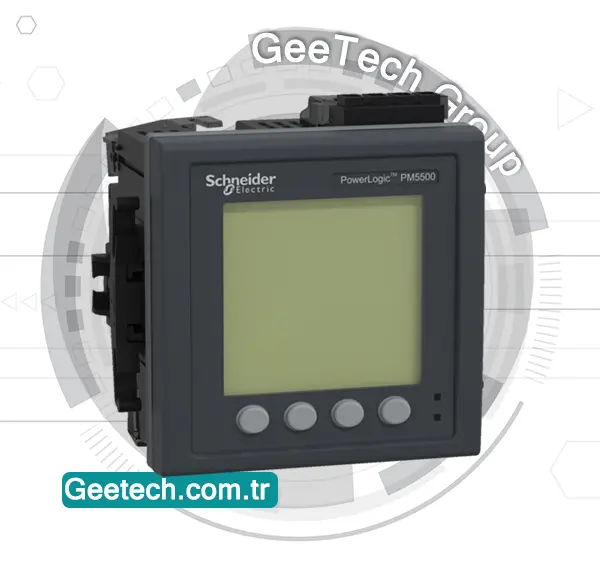
Summary
The Schneider Electric PowerLogic PM5570 power meter is a comprehensive solution for detailed energy management. With its high accuracy, extensive measurement capabilities, robust communication options, and flexible configuration, it is an essential tool for optimizing energy usage and ensuring reliable power quality.
Frequently Asked Questions
How does a power monitor work?
✅ A power monitor measures electrical parameters such as voltage and current in real time. It uses sensors like current transformers (CTs) or Rogowski coils to collect data, then calculates power and energy consumption using internal processors. Advanced models, like Schneider’s PowerLogic meters, can transmit this data to energy management systems for analysis and reporting.
What is energy monitoring?
✅ Energy monitoring is the process of tracking and analyzing energy consumption in a building or facility. It helps identify patterns, inefficiencies, and opportunities to reduce energy costs. With the right tools, such as PowerLogic meters, users gain detailed insights into how, where, and when energy is being used.
Are power meters worth it?
Yes, power meters are a worthwhile investment for homes, commercial buildings, and industrial facilities. By monitoring energy usage, they help detect waste, improve energy efficiency, and lower electricity bills. For businesses, they also support sustainability goals and compliance with energy standards.
How do power meters work?
Power meters work by continuously measuring voltage and current, then calculating power (watts) and energy usage (kilowatt-hours). They provide detailed real-time data, and some models offer logging, alarms, and remote communication features for integration with building or energy management systems.
How PowerLogic meters from Schneider Electric stand out?
Schneider Electric’s PowerLogic meters offer high accuracy, scalability, and advanced features such as power quality analysis, data logging, and seamless integration with EcoStruxure™ software. They are ideal for energy monitoring, cost allocation, and preventive maintenance in critical energy applications.



















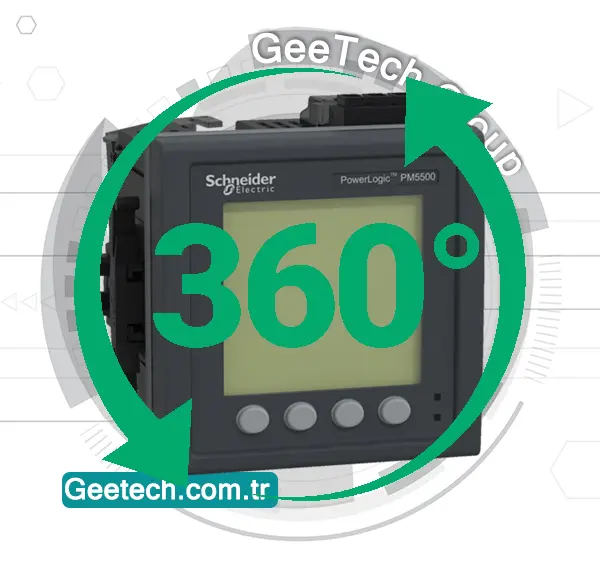
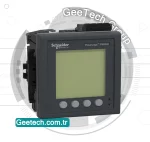
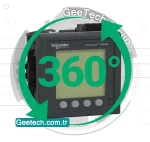
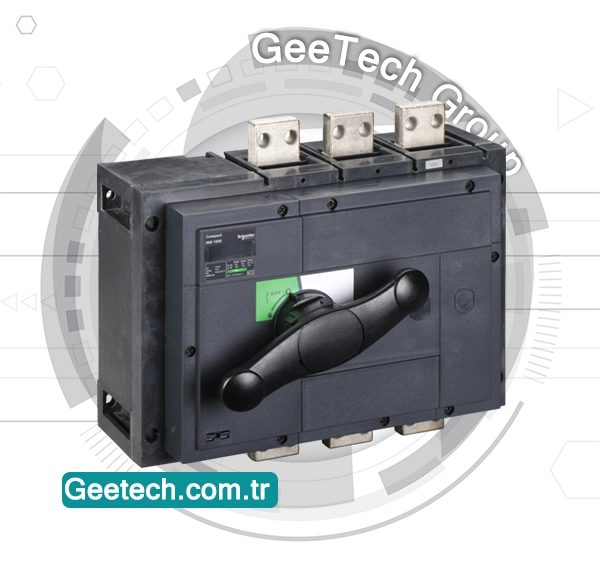
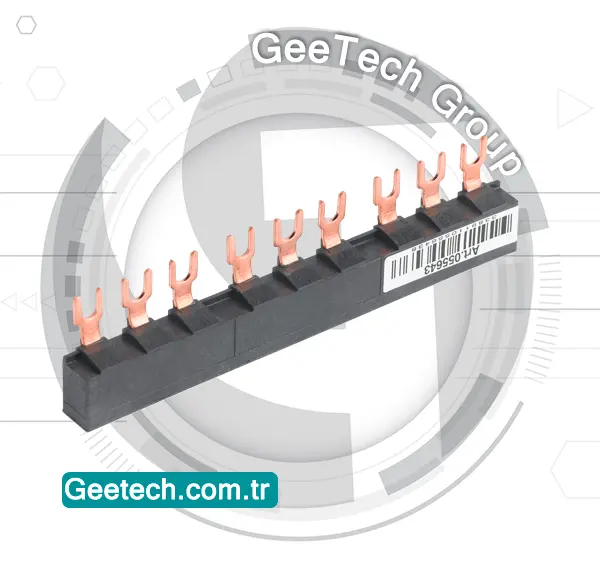
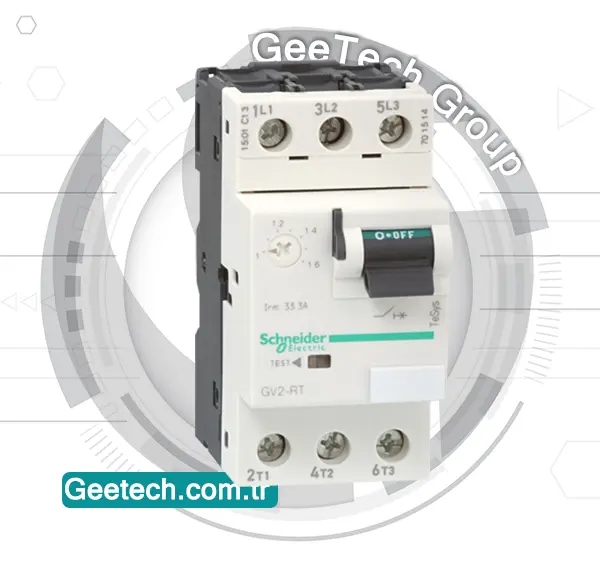
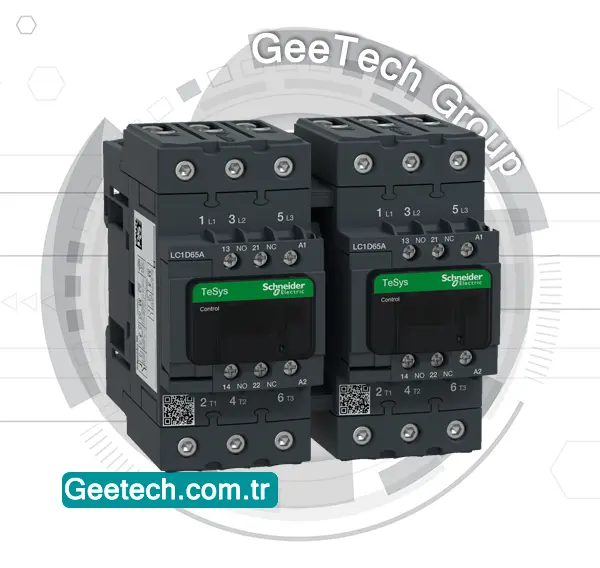

Reviews
There are no reviews yet.